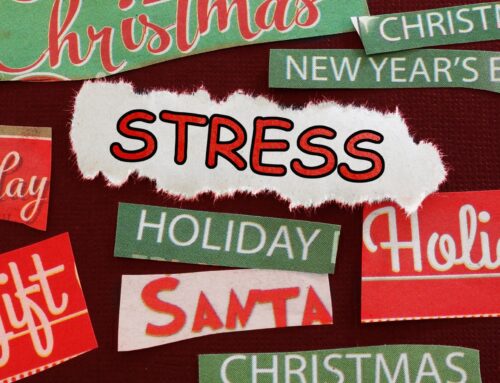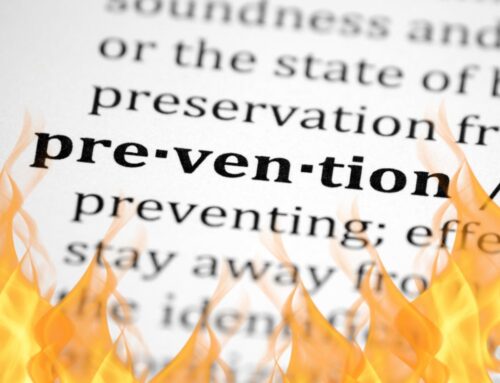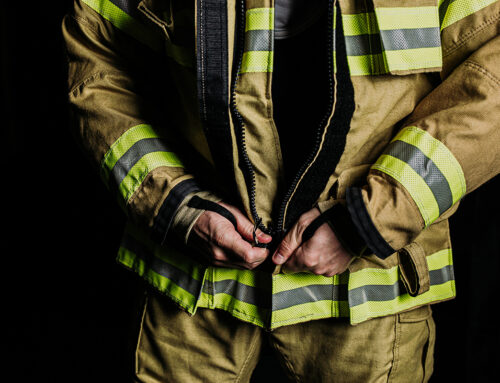Firefighters and emergency responders stay calm and level-headed in some of the most difficult situations on the planet. It’s suggested in the Yellow Ribbon Report that there’s some evidence that their brains are actually wired differently for increased resiliency, allowing them to repeatedly respond to emergencies that would overwhelm others. They have to approach situations with reason and logic, even when basic biological impulses would tend to dictate otherwise. As a result, after repeated exposures to traumatic events and the pressure to continue at this incredibly high level of performance and resiliency, many firefighters find themselves feeling inclined to hide, ignore, or suppress their feelings, sometimes with devastating effects. One study of 7,000 firefighters found that 65% of the respondents struggle with memories of difficult calls, 59% have had family or relationship problems as a result of their jobs, substance abuse issues were experienced by 27%, and 19% have had thoughts of suicide.
May is Mental Health Awareness Month, and now is a great time to focus on what you and your department can do to support mental wellbeing, build resiliency, and learn what resources are available for those who need help. Some historic fire service culture celebrated powering through difficult situations at all costs, and has caused some firefighters to believe that they are expected to “tough it out” and ignore problems. There is a stigma around firefighter mental health that asking for help may indicate weakness or put their jobs in jeopardy. Not to mention, some believe that their training and experience is such that they shouldn’t be vulnerable to mental health issues in the first place. Because of this culture, departments like Houston Fire are hiring full-time psychologists and providing 24/7 peer support networks for their firefighters, among other things. These interventions help firefighters manage their stress after especially difficult calls – trauma experts and other professionals may meet them at their homes, hospitals, fire stations, or even on scene.
Houston Fire, specifically, has proven to be a shining example of taking this issue seriously and affecting real change, in both the way the department responds to emotional health issues and the fire service “tough it out” culture. Five firefighter suicides in three years was a wake-up call to make the shift from a culture of primarily punitive responses to behavioral issues to a more supportive and rehabilitative approach. They took the time to figure out where the miss was from a department support perspective – programs already in place weren’t easily accessible, weren’t uniquely helpful to the demands of the fire service (example: typical Employee Assistance Programs available through most employers aren’t equipped to deal with the complex needs of first responders, who are dealing with different types of stressors than more typical work environments), or were perceived to be a fast-track to judgement from peers and supervisors.
Since the review, Houston Fire has added many layers of support to their programs – mental and emotional health supports specifically tailored to the complex needs of fire service and first responders. This begins with training for new recruits – ensuring that they’re trained to perceive asking for help as a strength and not a weakness – and making sure they have exposure to what PTSD and complex trauma looks like from people who have dealt with it themselves, so they’re prepared to recognize the signs in themselves and others. Following that, ensuring that there are multiple avenues to responsive, 24/7 support and care has been key. As mentioned above, this includes psychologists, peer support networks, crisis teams, and more. Also, partnering with the community to have beds in recovery and treatment programs donated or negotiated to a reduced in price to what insurance deems reasonable to avoid out-of-pocket expenses can get firefighters back to work sooner and more effectively – helping improve life for the first responder and enable them to continue saving lives in the community. Most importantly, continuing to meet regularly to assess progress, issues, and redirect the program to continue to be effective has been critical – even an incredibly effective program, left to stagnate, will fade over time. To read more in-depth about the approach Houston Fire took, check out this article at Firehouse.com.
And don’t forget, help extends to the families of firefighters and other first responders as well – since they may also have traumatic experiences or secondary trauma due to their loved one’s career. Organizations like the First Responder Support Network and the First Responders Children’s Foundation are designed to help with whole family emotional health. It’s critically important that first responders and their families are aware of the support available to them, because no matter how important your job is, you can only help others for so long while falling apart yourself. Prioritizing your own health makes you a better firefighter, and helps your life outside of work be a stable, safe place to land after a long or particularly difficult shift, and through ongoing stressors and trauma.
Resources
Share the Load™ Support Program for Fire and EMS – This program provides access to critical resources and information to help first responders and their families manage and overcome personal and work-related problems, including a helpline, directories, family guide and training, videos, and more.
Directory of Behavioral Health Professionals – The providers listed in this directory are behavioral health professionals vetted by the Firefighter Behavioral Health Alliance (FBHA) that either have firsthand experience with the fire and emergency services or have completed a training course through the FBHA to educate them on the fire service and the specific challenges they face.
Psychologically Healthy Fire Departments Implementation Toolkit – The toolkit covers the six key categories of member involvement, health and safety, member growth and development, work-life balance, member recognition, and effective communication. Each category is examined along with specific actions that can be taken, special issues to consider, case studies from successful departments, and additional resources.
NVFC Behavioral Health Support Videos – These videos include topics such as: Suicide Prevention, Supporting Your Crew, Understanding and Managing Stress, Recognizing the Signs and Knowing the Risks of Behavioral Health Issues in First Responders, and more.
NVFC First Responder Helpline – While many companies offer employee assistance programs (EAPs) to deal with work-life issues, such services are usually not available for volunteer firefighters and EMS providers. The NVFC recognizes this service gap and has partnered with Provident, a leading provider of benefits for emergency services organizations, to offer a solution tailored to the distinct needs of our members.
Surviving the Job: Emotional Self Care for First Responders – This is a prerecorded IAFC webinar that details the challenges of stress, secondhand trauma and burnout in fire/EMS responders and how these can take a toll on physical health, mental health and relationships. It also explores concrete, manageable steps that fire and EMS workers can take to protect themselves and their families.
Everyone Goes Home – Resources from the NFFF for firefighters and their families, including the “Fire Service Behavioral Health Management Guide”; a behavioral health podcast; and rapid response procedures for member suicide, mass violence incidents, and on-duty fatality, injury or close call.
The Code Green Campaign – The Code Green Campaign® is a first responder oriented mental health advocacy and education organization. Also known as Code Green, we serve all types of first responders. This includes firefighters, EMTs, paramedics, dispatchers, police, corrections, air medical, and search & rescue. This link contains a list of available resources.
Code Green Recognized Podcasts and Blogs – A collection of blogs and podcasts featuring first responder mental health as their primary topic. We have also included individual posts and episodes from non-mental health related blogs and podcasts that focus on first responder mental health. The blogs and podcasts are listed in roughly alphabetical order by blog/podcast name. Podcasts may be hosted on more than one platform.
Firefighter Behavioral Health Alliance – The mission of Firefighter Behavioral Health Alliance is to collaborate, develop and implement behavioral health awareness, prevention, intervention, and post crisis strategies to provide firefighters with an easily accessible and confidential source of information. Provides workshops to fire and EMS departments and dispatch organizations that focus on behavioral health awareness. The workshops place a strong emphasis on suicide prevention and promoting available resources, such as a directory of behavioral health professionals, a self-assessment tool and a confidential way to report suicide for fire/EMS responders and their families.
The First Responders Children’s Foundation Resiliency Program – This program addresses the secondary trauma effects on the children of first responders. A child may exhibit subversive behavior, emotional outbursts, hypervigilance, or act out in other ways, and they may exhibit fear, anxiety, depression, and undeserved shame—as their way of expressing their need for support. The program provides expert therapy—at no cost to families—to help first responders’ children manage, process and deal with a range of emotional challenges specific to their unique needs.






